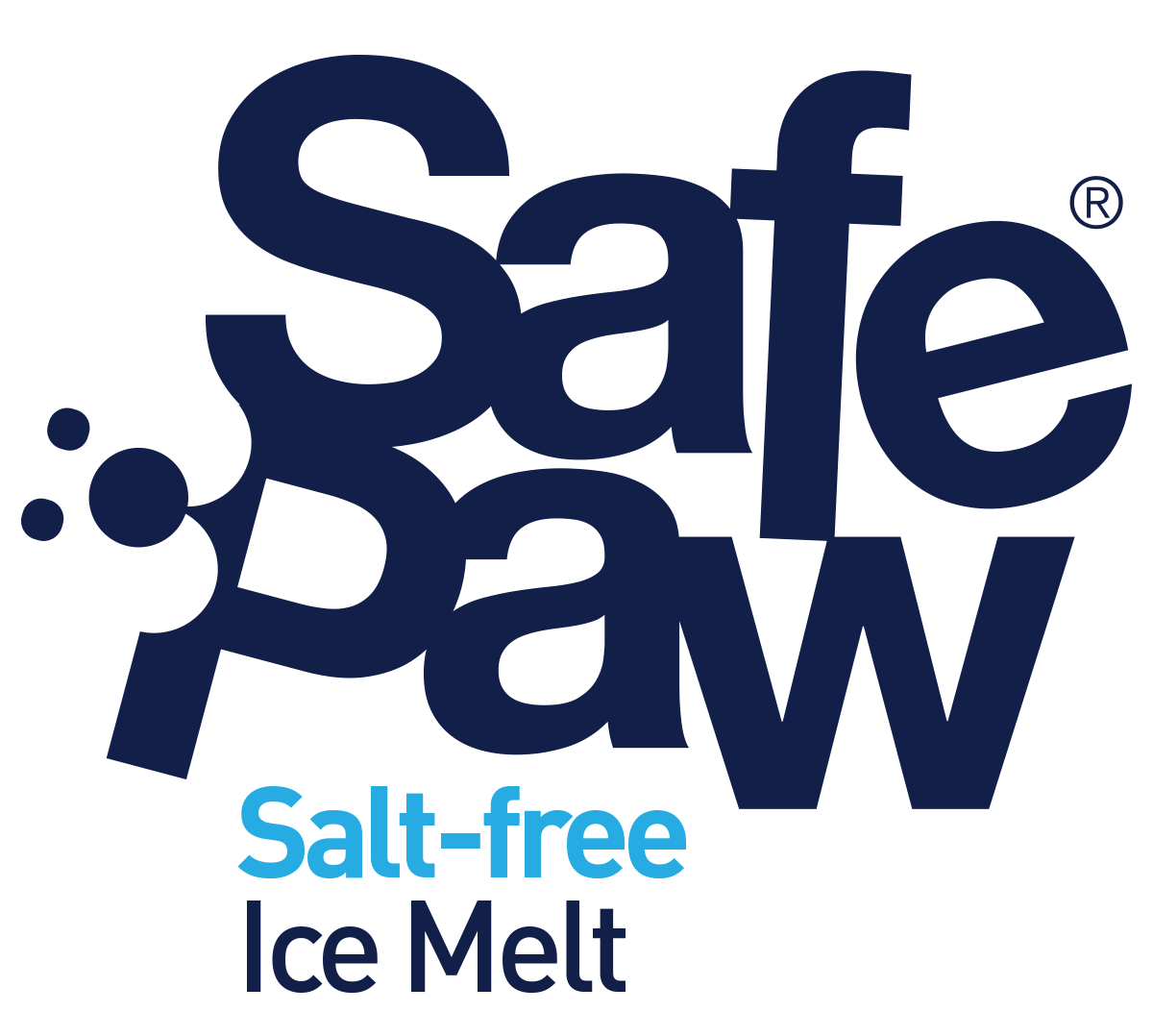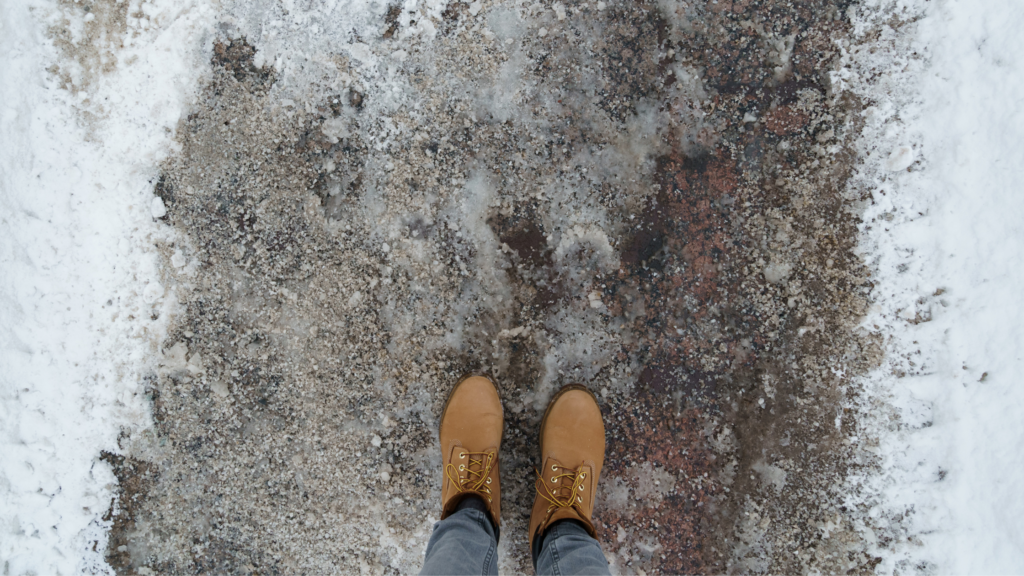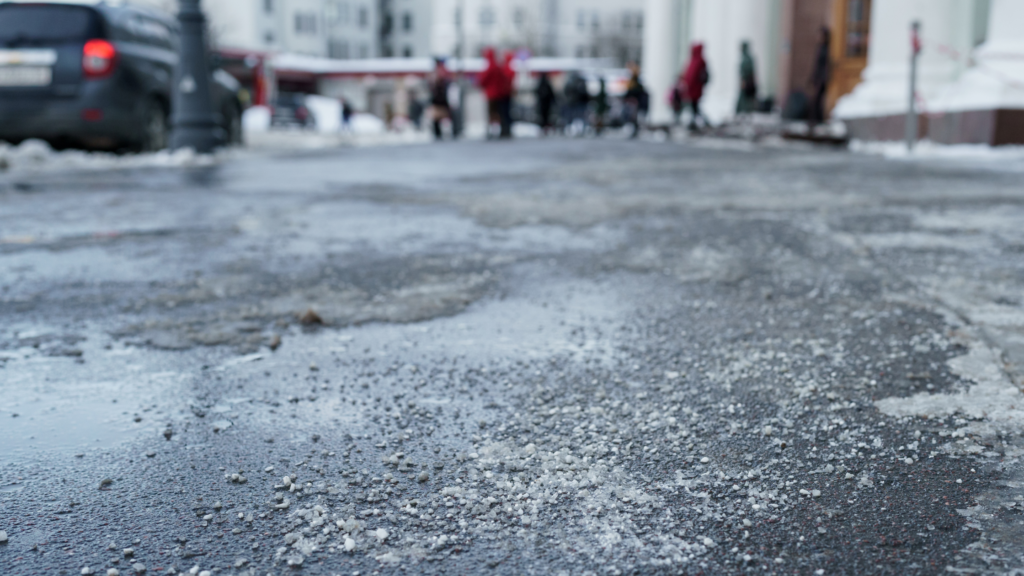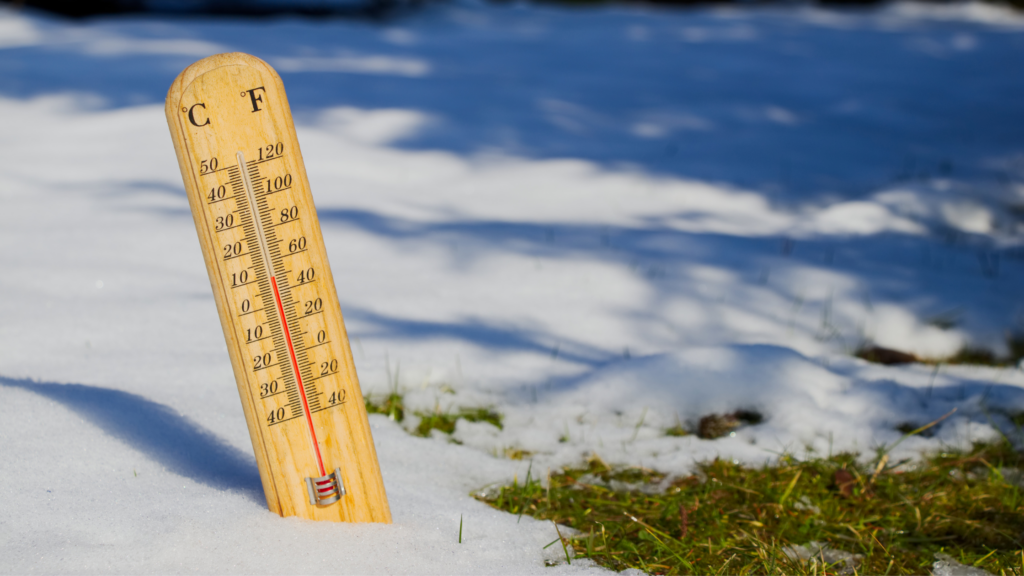
As winter progresses, a common question arises: “When will the snow melt?” This is particularly relevant for maintaining driveways and other outdoor spaces. Understanding the factors influencing snow melt can help in planning and taking appropriate measures. Here, we explore five key factors that answer “what temperature does snow melt” and impact the timing of snow melt.
Table of Contents
1. Ambient Temperature
The most obvious factor in determining when will the snow melt is the ambient temperature. Generally, snow starts melting when the temperature rises above 32°F (0°C). However, the exact melting point can vary based on other environmental conditions. Consistent higher temperatures are a clear sign that the snow will start melting. Monitoring weather forecasts can provide a good indication of when to expect the snow to melt.
Get ready for winter with Safe Paw: The Pet-Friendly Ice Melter that cares – for your home, pets, and planet.
2. Sunlight Exposure
Sunlight plays a critical role in snow melting. Areas exposed to direct sunlight will experience faster snow melt due to the additional heat from the sun. This is why you might see snow lingering in shaded areas while exposed areas are clear. The intensity and duration of sunlight that the snow-covered area receives can significantly impact when the snow will melt.
3. Snow Density and Depth
The density and depth of the snow are also crucial in predicting melting. Light, fluffy snow tends to melt quicker than dense, compacted snow. Deeper snow accumulations will naturally take longer to melt. For driveways, clearing snow regularly can help reduce the depth and density, thus aiding faster melting.
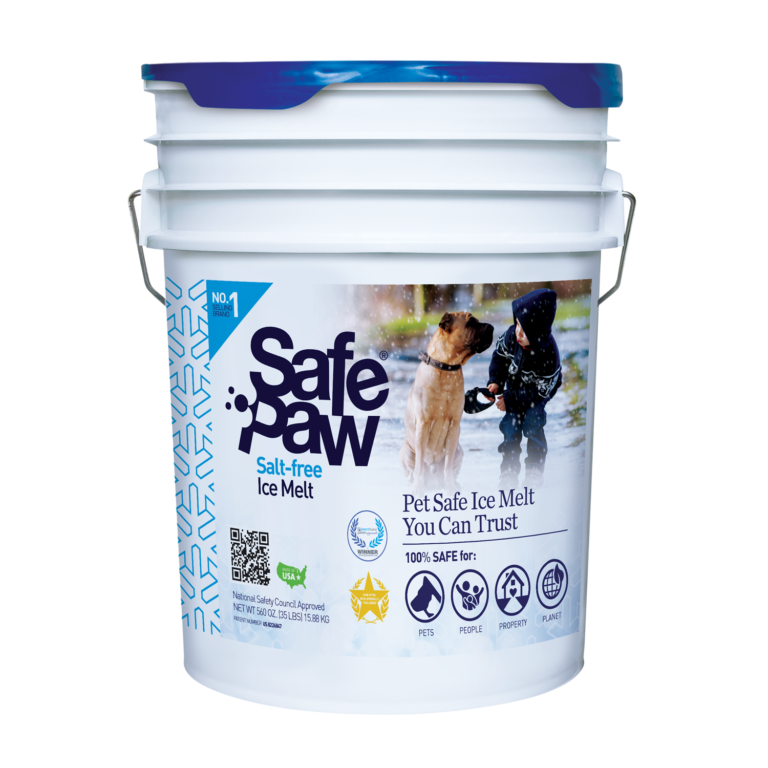
Safe Paw
It is a pet-friendly, eco-friendly ice melt that is safe for your family, pets, and property. It is made with a unique formula that is gentle on paws and concrete, and it melts ice and snow quickly and effectively.
Safe Paw is the perfect choice for winter weather!
4. Air Humidity and Wind
Humidity and wind conditions can influence snow melting. Higher humidity levels can lead to faster melting as moist air transfers heat more effectively. Wind can help disperse the snow, breaking it into smaller, more manageable pieces that melt quicker. However, strong winds can also bring colder air, which may slow down the melting process.
5. Surface Under the Snow
The type of surface beneath the snow affects how quickly it melts. Darker surfaces, such as asphalt driveways, absorb more heat and can help speed up melting. Conversely, lighter surfaces like concrete reflect more sunlight and may slow down the melting process.
Get ready for winter with Safe Paw: The Pet-Friendly Ice Melter that cares – for your home, pets, and planet.
Considering Safe Snow Melting Practices
While understanding when will the snow melt is important, it’s equally crucial to consider safe snow melting practices. Traditional salt and chloride-based ice melts, commonly used to expedite snow melting, have several drawbacks:
- Corrosiveness: These substances can damage driveway surfaces, especially concrete, leading to costly repairs.
- Environmental Impact: They can harm nearby vegetation and contribute to water pollution.
- Pet Safety: Salt and chlorides can be harmful to pets if ingested or if they come into contact with their paws.
Safe Paw: A Better Alternative
For a safer snow melting solution, Safe Paw Ice Melter is an excellent choice. It’s a chloride-free and toxin-free ice melt that is people and pet-safe. It effectively melts snow at temperatures as low as -2°F, making it a reliable option in various weather conditions. Plus, its non-corrosive nature protects your driveway and its long shelf life, and excellent spread rate makes it a practical and cost-effective solution.
Get ready for winter with Safe Paw: The Pet-Friendly Ice Melter that cares – for your home, pets, and planet.
At What Temperature Does Snow Melt? Why the Answer Isn’t Always Simple
Most of us assume snow melts at 32°F (0°C). But if you’ve ever wondered at what temperature does snow melt, you know it’s not always that straightforward. On a sunny winter day, snow on dark asphalt may start melting even when the thermometer reads below freezing, because the surface absorbs heat from the sun. On the flip side, snow can stubbornly linger on shaded concrete steps even when the air is above 32°F.
This is why homeowners often find icy patches sticking around in unexpected places. The takeaway? Don’t just trust the weather report—look at the surfaces around your home. A dark driveway, brick walkway, or south-facing path may thaw sooner, while lighter-colored or shaded areas may still need help from a safe ice melt.
Best Salt for Sidewalks: Does It Actually Exist?
One of the most common questions is: what’s the best salt for sidewalks? The short answer is—there isn’t one. Traditional salts like sodium chloride or calcium chloride are effective at melting ice, but they are corrosive to concrete and harmful to vegetation. Even magnesium chloride, often marketed as a gentler option, can still cause damage over time.
What homeowners are really asking when they say “best salt” is: what’s the safest way to keep sidewalks ice-free without destroying them? The honest answer is that the safest option isn’t salt at all—it’s a chloride-free ice melt. Sidewalks are high-traffic areas where children play, pets walk, and deliveries happen. Using a non-toxic, concrete-safe alternative like Safe Paw means you don’t have to choose between safe footing and long-term property protection.
Ice Melt for Driveways: Why Safety Matters as Much as Strength
Choosing the right ice melt for driveways is a balancing act. Driveways are often the largest surface area you need to clear, which means the product you choose will be used in higher quantities. That also means the potential for damage or runoff is much greater.
Rock salt might seem like an affordable quick fix, but repeated use accelerates freeze-thaw cracking and leaves behind residue that stains concrete and eats at asphalt. Calcium chloride works at lower temperatures, but its heat-generating reaction can stress concrete even more. And magnesium chloride, while milder, still contributes to long-term weakening of the surface.
That’s why chloride-free solutions are increasingly popular for driveways. They reduce the need for repeated applications, protect the integrity of the surface, and spare you the hidden repair costs that come from years of salt use. After all, your driveway is one of the biggest investments in your property—treating it with the wrong product can mean expensive resurfacing far sooner than you planned.
Dog Safe Rock Salt: Myth or Reality?
Pet owners often search for dog safe rock salt, hoping to find something that keeps walkways clear without harming their four-legged friends. But here’s the truth: there is no such thing as rock salt that’s truly safe for dogs. All chloride-based salts—whether sodium, calcium, or magnesium—can irritate paw pads and cause burns. If ingested, even small amounts can lead to vomiting, diarrhea, or more severe health problems.
Some products on store shelves are labeled “pet-friendly” but still contain salts in smaller concentrations or coated granules. These may be less harmful but aren’t completely safe. The only genuinely safe solution is a chloride-free ice melt designed specifically with pets in mind. That way, you don’t have to worry about what your dog might step on or lick during winter walks.
For families, especially those with active pets, switching to a salt-free product means peace of mind. Instead of juggling paw wipes, boots, or emergency vet visits, you can simply clear your property knowing it’s safe from the start.
Beyond Snow Melting: Thinking Long-Term
By now, the bigger picture is clear. Whether you’re asking at what temperature does snow melt, wondering about the best salt for sidewalks, choosing an ice melt for driveways, or searching for dog safe rock salt, the same pattern emerges: salt-based products might provide short-term results, but they come with long-term costs.
Concrete damage, pet health risks, soil contamination, and hidden repair bills are the “price tags” that don’t show up when you buy a cheap bag of salt. What homeowners are really looking for is consistency—something that works reliably, won’t damage their property, and won’t put their pets or children at risk. Chloride-free products like Safe Paw offer that balance, providing the effectiveness people expect without the trade-offs they dread.
Conclusion
Snow melt isn’t just about temperatures or weather forecasts—it’s about how you choose to manage it on your property. Questions like at what temperature does snow melt highlight the science, but homeowner concerns about the best salt for sidewalks, ice melt for driveways, and dog safe rock salt highlight the human side of winter.
The truth is, traditional salts can’t deliver safety without damage. They may clear ice today, but they corrode concrete, harm the environment, and put pets at risk tomorrow. Safe Paw provides a real alternative—a chloride-free solution that protects your surfaces, keeps your pets safe, and works effectively even in harsh winter conditions. This year, instead of repeating the same cycle, make the switch to an ice melt that works with you, not against you.
Try Our Other Winter Safety Products
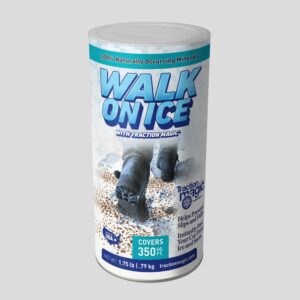
Walk On Ice
The slip and fall prevention solution, for any icy or snowy surface, on a handy portable package! Lightly spread around your walkway, driveway, vehicle, tires, and pathways. Turn ANY icy surface instantly, into a non-skid, slip-free surface.

Safe Thaw
Safe Thaw was created as the ice management solution for tough winter environments. Ideal in commercial and industrial properties, shops, government agencies, bridges, construction.
